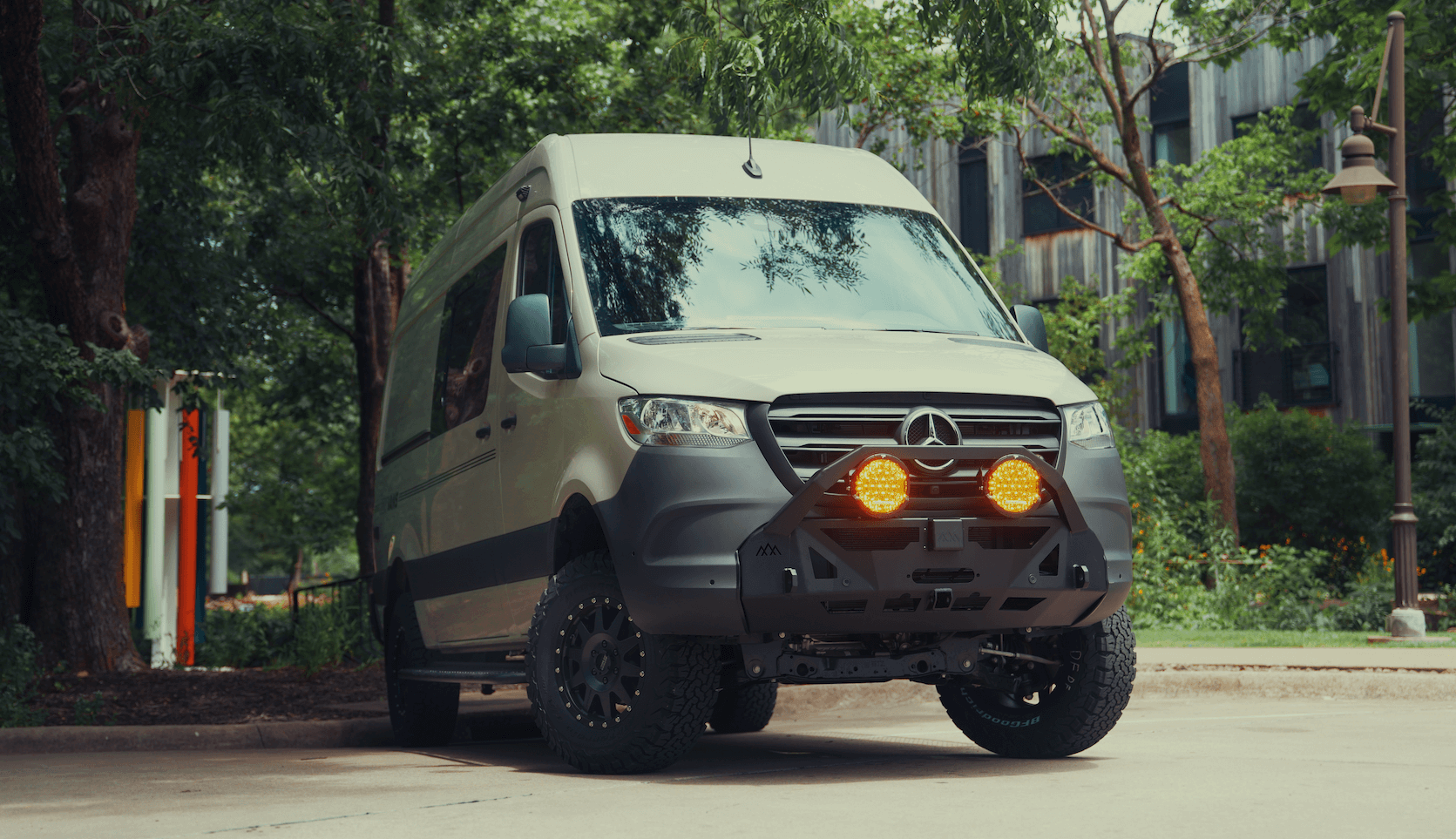Recreational Vans

Air conditioning is a heavy, continuous load, so your battery capacity sets the ceiling on how long you can stay cool without shore power. A typical 12 thousand BTU rooftop unit may draw around 900 to 1400 watts at startup, then settle to 600 to 900 watts while running. The compressor cycles based on heat load, which means your average draw depends on climate, sun exposure, insulation, and airflow inside the cabin.
Two ideas matter most. First, duty cycle. On a mild night the compressor might run half the time, while in peak heat it may run nearly nonstop. Second, conversion losses. Inverter efficiency often sits around 90 to 94 percent, and wiring losses add a bit more. When you string these together, your usable watt hours get shaved down, so sizing with a buffer prevents surprises on hot days.
Start with the AC’s real consumption. If the label shows 1000 watts running, apply a realistic duty cycle. For a warm evening, use 60 percent as a first pass. Next, account for inverter efficiency. If the battery delivers 1000 watt hours, only around 900 to 940 watt hours make it to the AC after conversion. Finally, consider chemistry. Lithium iron phosphate usually offers about 90 percent usable capacity, while traditional AGM is closer to 50 percent to preserve cycle life.
Here is a simple example. You want four hours of cooling in the evening with a 1000 watt average draw. Four hours equals 4000 watt hours at the appliance. Divide by 0.92 for inverter efficiency and you need about 4350 watt hours from the battery. With lithium at 90 percent usable, total bank capacity should be near 4800 watt hours. At 12 volt, that is roughly 375 amp hours. At 24 volt, it is around 190 amp hours. Add a safety margin for hotter climates or longer sessions.
Climate swings shift duty cycle more than any other variable. A van parked in direct sun with dark paint and minimal window covers can push the compressor close to constant run. Upfit design matters too. Good insulation, radiant barriers behind panels, and airtight window covers reduce the heat load so the AC cycles less.
Battery voltage can help. Higher voltage banks reduce current, which lowers cable size and voltage drop on the DC side. That pays off with more stable inverter performance under heavy loads. If your layout allows it, a 24 volt architecture for air conditioning is often more efficient than 12 volt for the same wattage.
Lithium chemistry tolerates deep discharge and high currents with modest voltage sag, which keeps the inverter happy. AGM can run an AC, but the usable capacity penalty is steep and the weight rises quickly. For frequent cooling without shore power, lithium wins on usable energy per pound and cycle life.
Charging strategy changes everything. A strong alternator charger can add meaningful watt hours while you drive. Solar helps with daytime cooling, especially in bright climates, but rarely covers the entire AC load on its own. Shore power is your reset button at campgrounds, letting you top off and run the AC without tapping batteries.
Load control keeps the numbers honest. Choose inverter rated for the compressor surge, right size cables to the manufacturer’s charts, and verify voltage drop stays within spec at full load. Consider soft start modules on certain AC units to smooth startup and reduce peak surge current. Those small choices keep the system efficient and reliable when heat spikes.
If your calculation suggests a very large bank to meet long runtimes in midsummer, it might be smarter to adjust strategy rather than keep stacking batteries. Insulation upgrades, reflective covers, strategic parking in shade, and pre cooling while driving can cut required energy dramatically. Also consider split sessions: cool the cabin in the evening, then rely on ventilation and efficient fans overnight.
For many travelers the sweet spot is a bank that supports several evening hours of quiet cooling plus a robust charging plan. That balance keeps weight, cost, and space in check while delivering real comfort when it matters most.
Once you know your target runtime and climate profile, a tailored power system ties the numbers together. OZK designs complete electrical packages with the wiring, inverter, battery architecture, and charging that match your AC choice and cabin build. Explore our recreational vans to see how we integrate cooling, storage, and power for real travel. For fully tailored interiors and power, review our custom van builds. If you are shopping a finance friendly platform, browse our mainstream vans to get rolling sooner.
Tell us how long you want cool air, where you travel, and how you charge. We will translate that into an electrical design that runs your AC with confidence, cleans up wiring, and leaves room for gear. Submit the form below and get a precise plan and quote that fits your travel style.
Ready to spec a battery and AC that matches your travel style? OZK Customs designs and installs complete systems that balance cooling comfort, charging speed, and weight. Tell us your climate, hours of desired runtime, and storage limits, and we will blueprint a right sized power system with clean wiring, proven components, and tidy service access. Start your build plan today and get a clear quote.
ADDRESS:
6159 E Huntsville Rd, Fayetteville, AR 72701
PHONE:
(479) 326-9200
EMAIL:
info@ozkvans.com